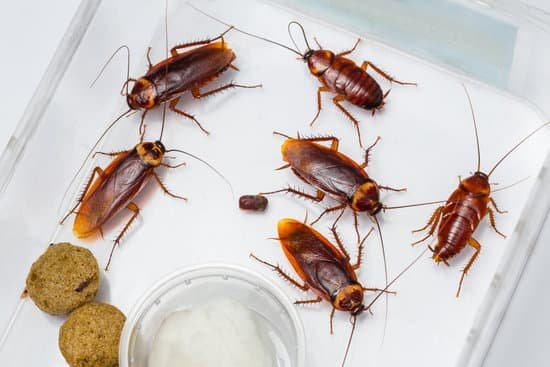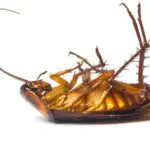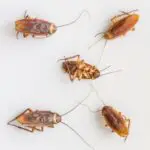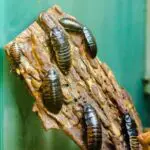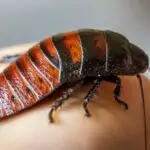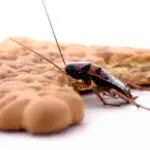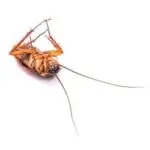How Do Cockroaches Reproduce?
When a cockroach lays eggs, it is most likely in a protected location, like the cracks of a dresser or crevice underneath furniture. Since these roaches are attracted to warm, moist environments, they will often lay eggs close to food and water sources. When these babies hatch, they will also require water to survive.
Cockroaches have a symbiotic relationship with bacteroids, which live in a special cell in their fat body tissue. The bacteroids are passed on from generation to generation through the thin coating that cockroaches lay on their eggs. Bacteriaoids are important because they produce all of the essential vitamins for a cockroach. Without bacteroids, a cockroach would not survive. Some cockroaches are even able to survive without food and water for two weeks. A cockroach can also live without its head for up to one month without food and water.
Cockroaches reproduce by mating. They are capable of laying up to three batches of fertilized eggs in succession, and the sperm are stored in a special internal storage compartment and can be used as needed. The eggs are produced by the female cockroach, and the female cockroach can produce up to fifty eggs in a single egg sac.
After the eggs hatch, the next stage of cockroach development is the nymph stage. These cockroaches are smaller than adult cockroaches and have a lighter color. They also move faster than their adult counterparts. Eventually, they will develop into fully mature cockroaches.
